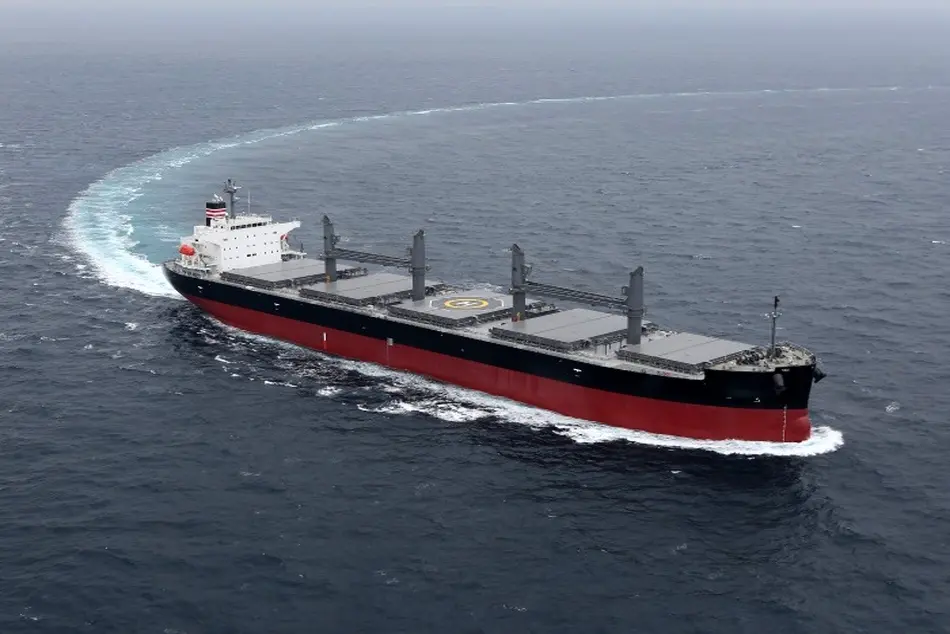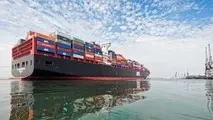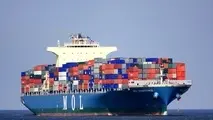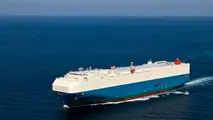Red tape must go if Japan is to woo seafaring visitors

With foreign tourism to this country increasing exponentially, it’s a prime time for Japan to consider revamping its maritime policies for foreign private boats visiting the country.
Whereas the sky offers airways for planes coming into Japan, the sea is the highway for passenger vessels such as sailboats, motor cruisers and superyachts. Although Japan doesn’t release figures, there are hundreds of private yachts with crews who enter Japan on the same tourist visas as their aviating counterparts. Unfortunately, the process is much more complicated for seafarers.
Unlike countries that encourage cruisers to come and enjoy their marine wonders, Japan has no system in place for admitting small craft into its waters. As a result, pleasure boats are, across the board, treated the same as commercial ships.
This makes for a burdensome system of paperwork and check-ins while island-hopping around the archipelago, with each port entry requiring the captain to check in with anywhere from one (Customs) to four (Coast Guard, Customs, Quarantine, Immigration) different offices.
The bureaucracy starts with the pre-arrival procedure form, the first document you have to fill out when arriving at your first port of call in Japan, which is Okinawa for most, who would have followed favorable winds and the Kuroshio current up from Southeast Asia.
The pre-arrival procedure form includes a report on the security details of the vessel, all ports you intend to stay overnight at in Japan and the last 10 ports of call (including the country, name of port and date of arrival and departure of each), plus detailed information on the ship’s cargo (name of “port of loading,” the quantity, “cargo on board” and “dangerous goods information.”) Of course, private boats, typically with cabins smaller than a six-mat tatami room, are not carrying any cargo.
For those voyaging around the world on a sailboat, the last 10 ports could cover several years and countries, since such yachts are powered by the wind rather than an engine and thus cannot arrive and depart on a schedule the way a cargo ship can.
The next port stop in Japan, even if it’s just a day sail, will require a new Customs general declaration form: another description of cargo, previous and subsequent ports of call, where remaining cargo will be discharged, cargo declaration, the “ship’s stores declaration,” etc. This will be repeated at each new port, and if the authorities (from any of the departments) don’t come to your boat for an inspection, you’ll have to jump on a bus or into a taxi and go 15-30 minutes to their office to fill out the paperwork in front of them.
In the meantime, the captain should be working on another form called “application for special permission to call at closed port,” which is submitted to the Ministry of Land, Infrastructure and Transport so that the boat can enter “closed” ports. This application should be submitted two weeks in advance and requires you to list all ports, in both romaji (they’ll send it back if it’s misspelled) and kanji, the date and time of planned port entry and exit, and each port’s GPS position. And of course, they want the gross tonnage, loading cargo, port of discharge, shipper’s name, consignee’s name, scheduled date of arrival, scheduled date of departure, port of provenance and port of destination. Again. By fax, please.
For a little perspective, there are only 120 “open” ports along Japan’s 29,751 kilometers of coastline (18,486 miles) and these cater mainly to large container ships. Few have facilities for smaller vessels. There are also thousands of smaller “closed” harbors for fishing boats that can accommodate yachts and other small craft.
In addition, 148 umi no eki or “sea stations” offer services (although limited) to small craft. The last category is official marinas (mostly in “closed” ports), where boats are welcome to stay (with prior permission) and where they can even get repair work done. Many of these are a result of the bubble era’s previous domestic demand, and in the case of the Seto Inland Sea, a lot of marinas now operate at a mere 50 percent occupancy. With such infrastructure already in place for private boats, it’s a wonder Japan doesn’t consider the foreign tourism sector more seriously.
Cruisers are usually retired people who spend longer periods of time in the countries they visit since they have their own live-aboard facilities and few deadlines. They tend to cruise around the world very slowly, spending several months or even a year in one country to thoroughly see the tourist sights and experience the culture. A percentage of cruisers will, after their time in Japan, continue north to Alaska in the spring, so they have to wait for the limited six-week window of favorable weather before they can traverse the North Passage to the U.S. West Coast.
Since those on tourist visas have to exit the country after 90 days, many choose to leave their boat in a marina and come back after a short trip to their home country. This shuttling back and forth flags them as being suspicious to Immigration, and some have been warned at airports that they may not enter Japan again for six months.
Countries that have built reputations as cruising paradises offer extended visas for sea-bound tourists. New Zealand, for example, offers boaters up to one year. The Bahamas offers a “cruising permit” for $150-300 (depending on the size of the vessel) that allows people to register all the necessary information once and then sail throughout the designated islands for up to a year.
Japan could offer a similar cruising permit and integrate the procedures by offering an online portal where captains could connect with the Japanese Coast Guard, Customs, Immigration and other departments by logging in with a password to fill out forms and update their movements. Boats could even be fit with tracking devices so they wouldn’t have to report their locations each time they moved. Right now, the departments accomplish all this by calling your mobile phone and pestering you with incessant questions.
Such simple changes would positively affect tourism to all of Japan, from the already popular Okinawan islands to the hidden gems of cruising such as the Seto Inland Sea, where cruising permits and full marinas would contribute to revitalization of the countryside.
Japan should be welcoming foreign yachts rather than being a country so burdensome to visit that seafarers are hesitant to come.



